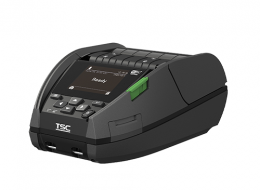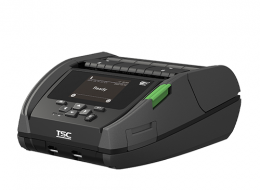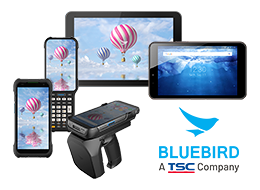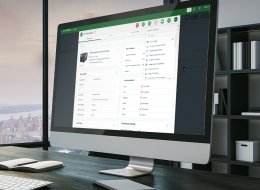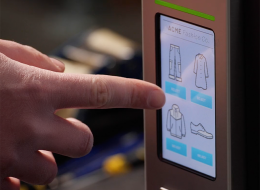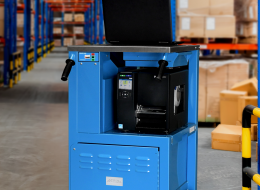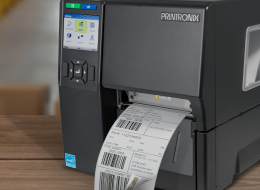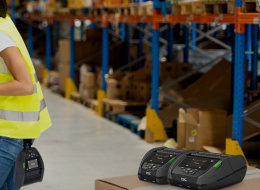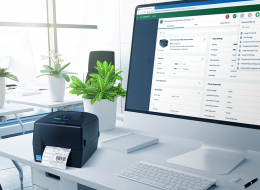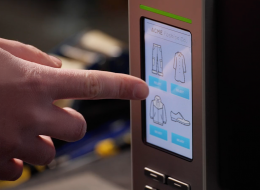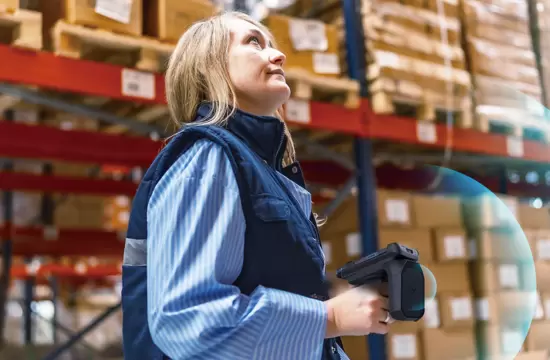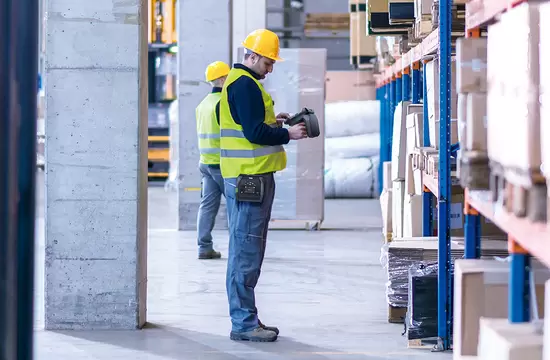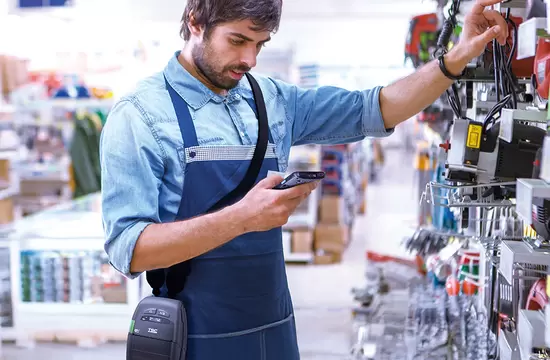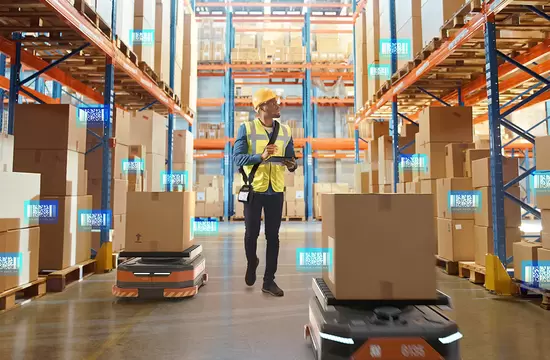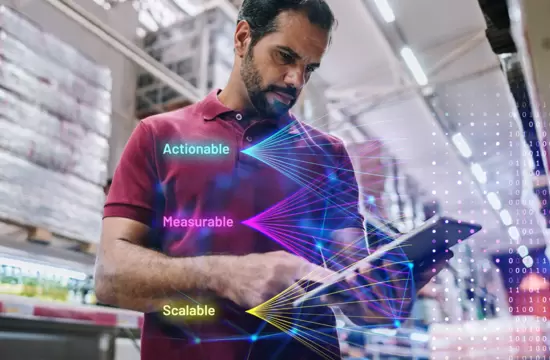Retail
Automotive
1429
/en/blog/automotive
Barcode Inspection
418
/en/blog/barcode-inspection
Cadeia de suprimentos
1461
/en/blog/cadeia-de-suprimentos
Cannabis
1430
/en/blog/cannabis
Company News
415
/en/taxonomy/term/415
Events and Tradeshows
1421
/en/blog/events-and-tradeshows
Food & Beverage
1426
/en/blog/food-beverage
Healthcare
1425
/en/blog/healthcare
High Resolution
414
/en/blog/high-resolution
Industry Trends
1419
/en/blog/industry-trends
Manufacturing
1424
/en/blog/manufacturing
Mobile Printing
1420
/en/blog/mobile-printing
Partner Perspectives
1460
/en/blog/partner-perspectives
Remote Printer Management
1432
/en/blog/remote-printer-management
Retail
1423
/en/blog/retail
RFID
416
/en/blog/rfid
Software Solutions
1433
/en/blog/software-solutions
Standalone
419
/en/blog/standalone
Supplies
417
/en/taxonomy/term/417
Tips & Best Practices
1431
/en/blog/tips-best-practices
Transportation & Logistics
1422
/en/blog/transportation-logistics
Warehouse & Fulfillment
1427
/en/blog/warehouse-fulfillment
Since coming into effect on July 25, 2024, EU’s Corporate Sustainability Due Diligence Directive (CSDDD) requires retailers to demonstrate clear and measurable sustainability outcomes. Retailers today face increasing pressures from regulators, investors, and consumers to visibly commit to sustainability.
In today’s retail environment, rising customer expectations and the growing complexity of omnichannel operations make accurate inventory management a must-have. Poor inventory accuracy doesn’t just impact operations—it results in lost sales, shrinkage, and a diminished customer experience.
Distribution centers (DCs) are the foundation of modern retail fulfillment. In a landscape defined by speed, precision, and customer expectations, DCs largely shape how quickly and accurately inventory flows across the entire retail network. As fulfillment complexity grows, there is no room for bottlenecks, blind spots, or outdated systems.
In unified commerce, the store has become more than just a point of sale—it's now a fulfillment hub, a service point, and a brand experience center. Store teams play a critical role in retail transformation—but they can only succeed when empowered with timely data and adaptive technologies. Empowering store execution means bridging the gap between business vision and day-to-day execution.
Building on our previous discussion of item-level tracking and digital transformation, this article examines how GS1 Digital Link and item-level tracking combine to connect physical products with rich digital data. Adopting these new standards helps retailers unify operations, improve traceability, and enhance customer engagement—key advantages in today’s competitive landscape.
In our previous blogs, we explored how seamless shopping and swift fulfillment are reshaping retail. Driving these changes are key digital initiatives—such as item-level tracking with RAIN RFID, Digital Product Passport (DPP), Digital Link, and Sunrise/ Ambition 2027 (2D barcodes)—that enable real-time visibility, reinforce compliance, and build stronger customer trust.
As a retail DC operations manager, how do you envision fulfillment evolving? With unified commerce blurring the lines between in-store and online shopping, distribution centers (DCs) must keep pace with real-time inventory demands and enable faster, seamless customer experiences.
Imagine finding the perfect pair of shoes online and checking the retailer’s app for availability. It shows they’re in stock at a nearby store, so you head over there, confident that your trip won’t be in vain.
In today’s fast-evolving retail landscape, data is the key to unlocking unified commerce. AI, cloud computing, and automation are transforming retail operations—and they all rely on accurate, real-time data. This is where AIDC technologies play a crucial role, enabling seamless data capture, automation triggers, and intelligent decision-making.
Today’s retailers confront rising customer expectations, escalating operational costs, and persistent supply chain disruptions. To stay competitive, businesses must embrace technology to streamline operations and improve efficiency.

